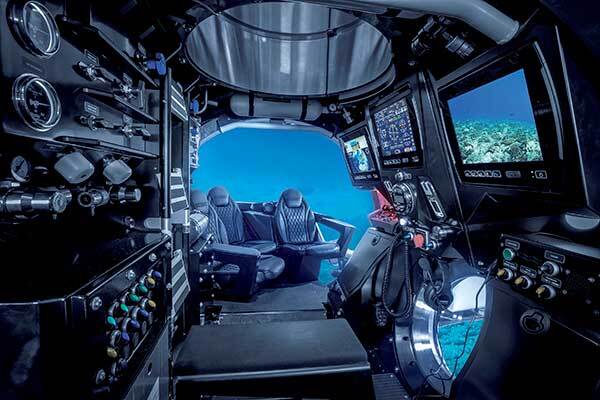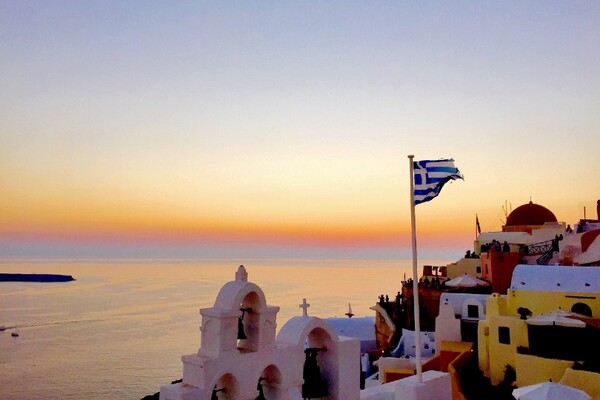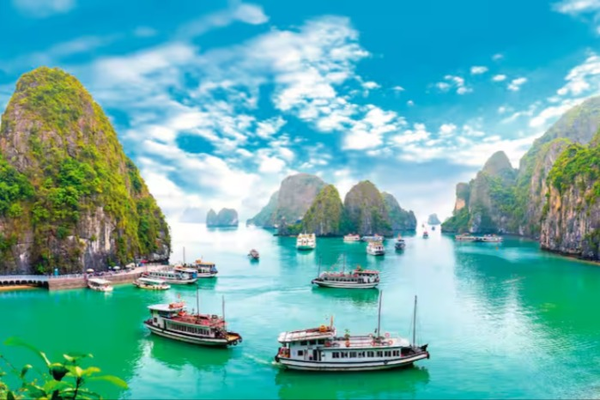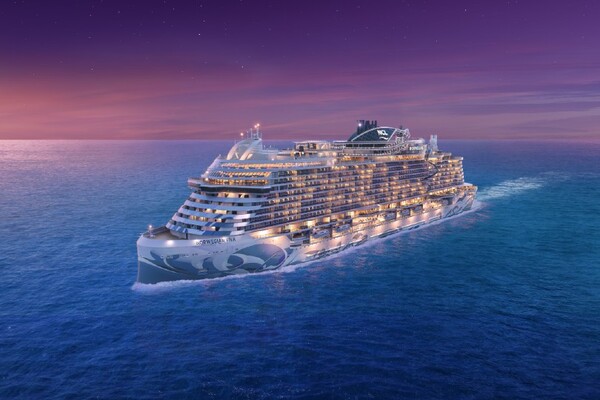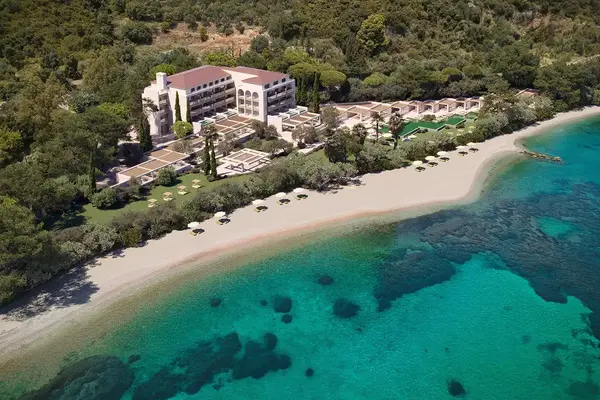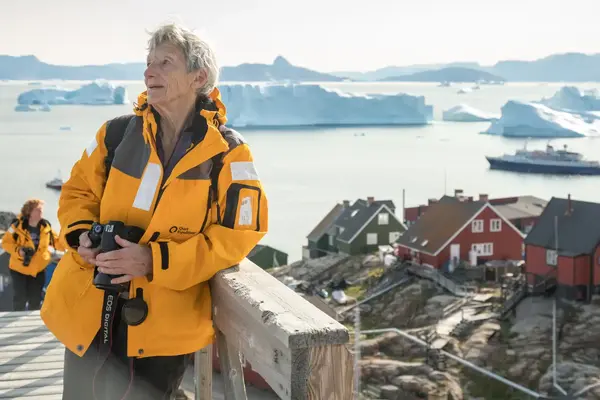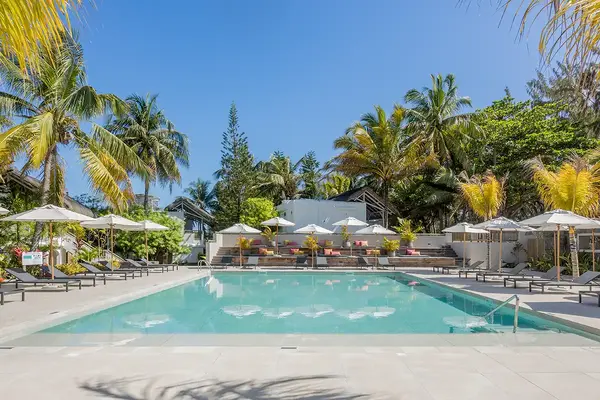‘Our subs are safe’ insists cruise industry after Titanic submersible tragedy
 Rob Gill
Rob GillCruise lines and specialist agents have stressed the high levels of safety offered by cruise ship submersibles in the wake of this week’s tragedy, which saw five people die onboard the OceanGate Titan vessel as it descended to view the wreck of the Titanic.
Small submersible vehicles provide underwater excursions for passengers on a few expedition ships, operated by lines such as Scenic, Seabourn and Viking, but they have sometimes been derided by critics as “gimmicks” or “toys”.
Edwina Lonsdale, managing director of Mundy Cruising, told TTG that the type of underwater trips operated by cruise lines were “very different” from the Titan expedition with cruise-based submersibles only “just going down a little way”.
“The cruise lines are always extremely careful about safety procedures because they are obviously not submarine operators,” she said. “When I went on a ship with a submersible in the Seychelles, there was just a slight swell in the water and the descent was cancelled. They are really very cautious.”
Viking issued an update on Thursday (22 June) to emphasise that its four submarines featured a “multitude of safety systems in case of failures”.
“They take guests on dives of less than one hour and never deeper than 300 metres,” added Viking in its latest advice to customers on submarine safety.
“The training our submersible pilots and surface officers receive exceeds all recommended industry standards, and regular safety drills anticipating every possible emergency situation ensure that each dive is conducted under the most stringent of safety conditions.”

Scenic Cruises said it was “saddened by the outcome and the news of lives lost” onboard the Titan submarine, but stressed its Scenic Neptune submersibles offered a “completely different experience”.
“Our own submersible is built to dive to depths of 200-300 metres, although it does not dive beyond 100 metres, which provides the best viewing experiences,” added the company. “Scenic Neptune has been built to conform with classification society rules. It is a highly regulated and safe experience.
“Our ships are currently sailing around Japan, where we do not offer the Scenic Neptune experience. Our thoughts are with those who have lost loved ones onboard Titan and the wider crew impacted.”
James Cole, who runs specialist agency Panache Cruises, also praised the quality of the health and safety procedures offered by cruise lines, including the excursions they operate.
“It is exceptionally sad to hear about the tragedy in the Atlantic,” he added. “At Panache Cruises we only work with cruise lines who offer the most robust health and safety procedures to our customers, including any excursion they may be undertaking and they continually provide an exceptional record of safety.”
There are only a few submersibles currently in operation – mainly on expedition ships. But not everybody is a fan, with Silversea last year removing these underwater vehicles from Silver Endeavor, which was previously Crystal Endeavor, to allow it to add more suites.
At the time, Silversea chief executive Roberto Martinoli described the submersible vehicles as “toys that can be used by only a portion of guests”, adding that they were “only useful in a very limited number of places”.
Agents also don’t feel that submersibles are a key selling point when customers are choosing a cruise line or ship – limiting any potential damage to the industry from concerned passengers following the OceanGate incident.
“I don’t feel people would choose one ship over another because it has a submersible,” added Mundy Cruising’s Lonsdale. “It’s a bit like having a helicopter on an expedition cruise – it’s something that might enhance their experience but not to the extent that it’s a must-have.”
“They are only on a few small expedition ships. They have to feel it’s worthwhile to dedicate the space that these submersibles take up on the ship.”
Sign up for weekday travel news and analysis straight to your inbox

Rob Gill
Supplier Directory
Find contacts for 260+ travel suppliers. Type name, company or destination.
